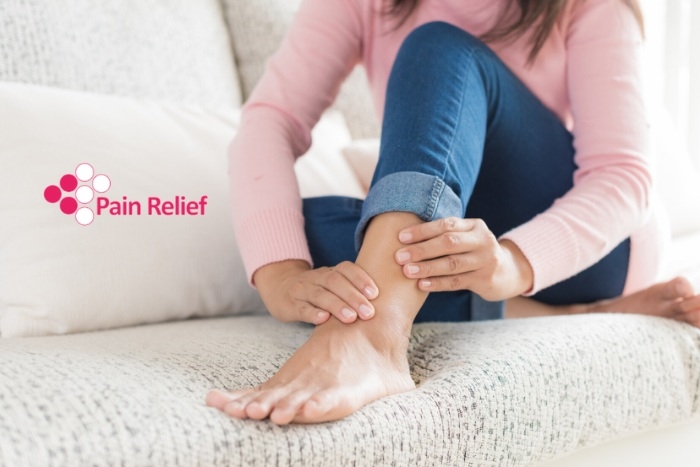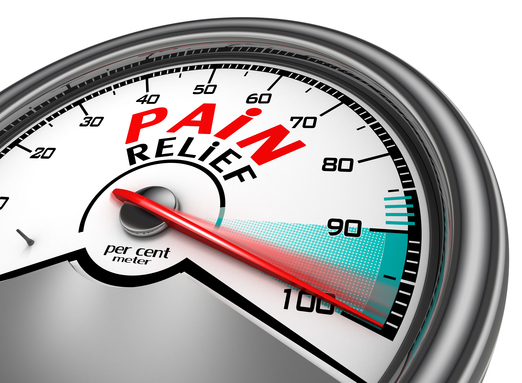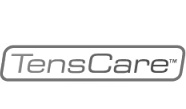You have no items in your shopping cart.
LaserTRX LLLT Vold Laser | Laser for Pain Relief

Low-Level Laser Therapy (LLLT) devices have become revolutionary tools in healthcare, harnessing light to stimulate cellular activity. Also referred to as cold lasers or photobiomodulation devices, they have gained immense popularity due to their noninvasive nature and diverse applications - this article examines their science as well as uses such as pain management, post-surgery recovery, maintenance therapy and sports medicine. Low-Level Laser Therapy operates under the principle of photobiomodulation, where specific wavelengths of light stimulate molecular processes at the molecular level. Light energy is absorbed by cell components such as mitochondria, which then increase production of ATP (adenosine triphosphate). This surge of cellular energy improves various functions including metabolism, protein synthesis and cell proliferation.
LLLT devices use wavelengths between 600 to 1000 nanometers, falling within the red to near-infrared spectrum. These wavelengths penetrate tissues without causing thermal damage, making LLLT a safe and non-invasive therapy option. Once absorbed by cells, this light energy initiates an array of events including gene expression regulation, inflammation mitigation, oxidative stress mitigation, tissue repair and regeneration - ultimately aiding tissue health restoration and repair. LLLT devices have proven highly successful at managing both acute and chronic pain conditions. Their analgesic effect is due to decreased inflammation, modulation of pain receptors and release of endorphins - this helps alleviate arthritis, neuropathic pain and other musculoskeletal injuries as well as improve overall quality of life. Postoperative recovery involves managing pain, inflammation and tissue healing in order to expedite faster healing times with reduced scarring and improved outcomes. Low Level Laser Therapy devices have become an integral component of post-surgery care by speeding tissue repair while decreasing inflammation - these adjunctive therapies contribute significantly to faster postoperative recoveries as they accelerate tissue repair while simultaneously decreasing scarring.
LLLT devices can help not only with treating specific ailments; they may also serve as maintenance therapy sessions to promote general wellness and cell health while warding off future conditions. This preventive approach is particularly effective in managing chronic illnesses where LLLT acts as a supportive therapy to maintain overall well-being.
Athletic training routines often lead to injuries such as muscle strains and joint issues for athletes. Long-wave laser light therapy (LLLT) devices have increasingly become part of sports medicine to facilitate quicker recovery times and enhance performance by reducing inflammation, improving blood circulation and stimulating tissue repair processes - providing athletes with assistance for recovering from injuries while remaining at peak physical condition.
Scientific Mechanisms Behind Low Level Laser Therapy Devices
a. Mitochondrial Stimulation:
Long-wave laser light therapy's primary aim is stimulating mitochondria, the powerhouses of cells. Light energy absorbed by chromophores within mitochondria such as cytochrome c oxidase enhances ATP synthesis for improved cell energy. This increase supports various functions within cells including collagen synthesis and proliferation needed to repair tissue.
b. Anti-Inflammatory Effects:
LLLT has been shown to modulate inflammatory responses by blocking pro-inflammatory cytokines while simultaneously stimulating anti-inflammatory ones, helping reduce pain levels and speed the healing of inflammation associated with various conditions. This anti-inflammatory effect contributes greatly to pain relief while simultaneously supporting healing processes associated with various conditions.
c. Increased Blood Flow:
Light absorption by hemoglobin causes vasodilation, increasing blood flow to areas exposed to radiation. Improved circulation provides vital oxygen and nutrients needed by tissues for healing processes to occur more effectively.
Neurological Modulation:
Low Level Laser Therapy can modulate neural activity by altering ion channels and neurotransmitter release, providing neuro-modulation effects which aid with pain management as well as neurological conditions. This process plays a vital role in pain relief as well as neurological conditions management.


















































































































































 Default Store View
Default Store View  New Theme
New Theme